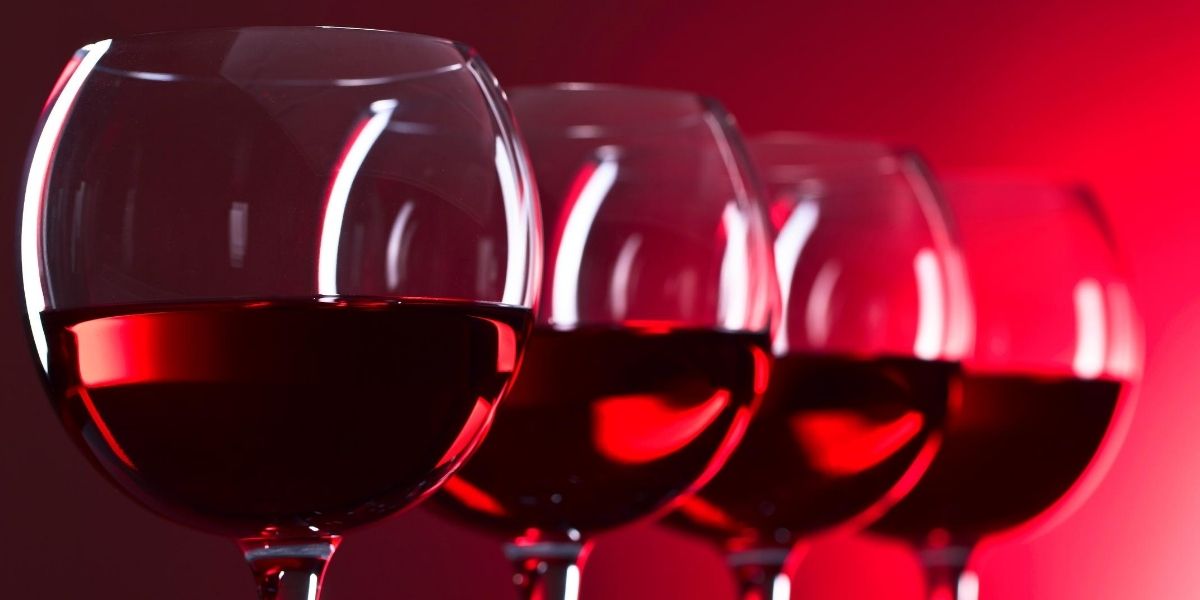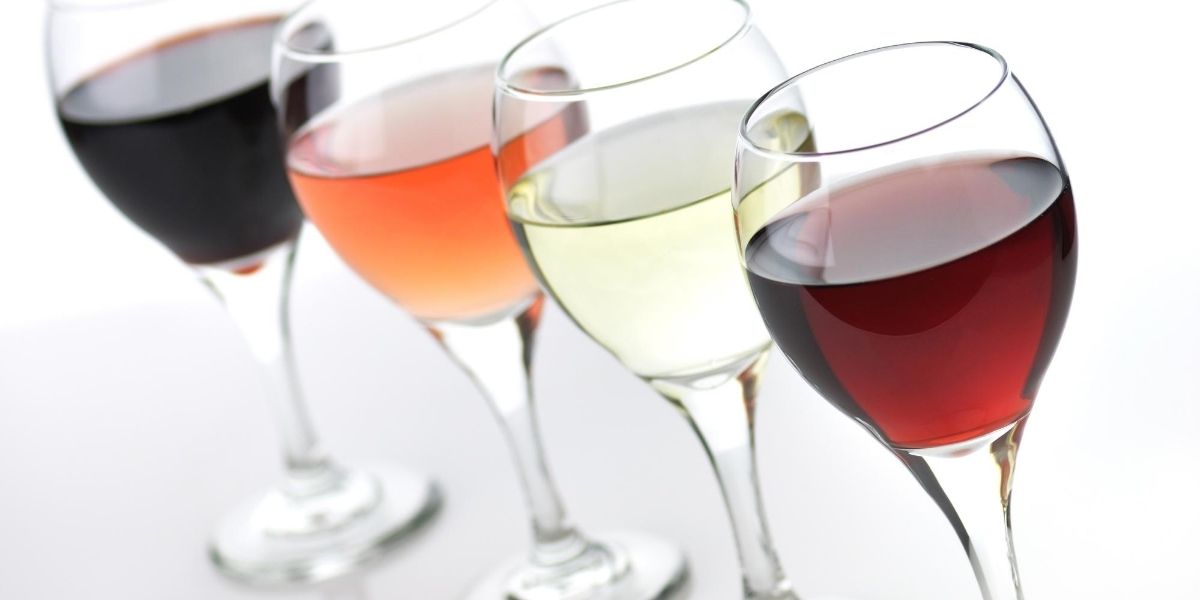Wine Sweetness Chart
When we think of wine sweetness, we mostly think of residual sugar in wine. However, there are other factors that weigh into how we perceive a wine’s sweetness, such as acidity, alcohol content, and tannins. In this post, we will focus on residual sugars as the primary indicator of wine sweetness.

Sweet Wine Types
A wine with a sweetness content of less than one percent is called a dry wine. On the exact opposite end of the spectrum, we have sweet wines. The sweetest sweet wines have up to nine percent sweetness. Sweet wine types include ice wine, white port, Moscato, and Riesling, to name a few.
Using a wine sweetness chart can help you determine which wines are right for you and how much sugar is in the wine you love. Sweet wine types can vary depending on the winemaker's process. Remember, sweetness in wine is determined by the amount of residual sugar in the wine after fermentation. If the winemaker stops fermentation early, the result is a sweet wine. Some of your favorite wines likely come in a range of sweetnesses. Consulting a sweet wine chart can be a great way to get a general idea of how sweet a wine is.
You can find an excellent wine sweetness chart for reds and whites here.
Complementing Sweet Wines
Now, the next question is: what do we serve with wines to complement their sweetness - or lack thereof? A sweet Riesling, for example, works perfectly with soft cheeses, pastas in cream sauces, smoked meats, and bread. Sweet whites are the choice for finger foods and appetizers, and sweet reds make a juicy steak or hamburger meal complete.
Ultimately, though, your choice of wine pairings comes down to your personal preferences. The exciting part of learning about wine is experimenting and exploring: try different sweet wine types. Try dry wines. Try a spectrum, and enjoy the flavors!
Residual Sugar in Wine: What to Know
Different types of wine have varying levels of residual sugar in them. A common misconception is that residual sugar in wine is a marker of quality. That is, the more sugar a wine has, the lower it is in quality. Though it is not indicative of quality in and of itself, the level of residual sugar in wine is an important concept to understand. As you explore different types of wine, you will want to maximize your enjoyment while sticking to any diet plans or simply remaining aware of how much sugar you are consuming.

Residual Sugar in Wine: From Where Does It Come?
So, where does the sugar in your wine come from? Grapes themselves contain sugars known as glucose and fructose. After yeast is introduced into the winemaking process and fermentation is complete, the amount of sugar left over is what we call residual sugar in wine. When wine is chilled with the intention of stopping the fermentation process, the sugar volume is higher, and the alcohol content lower.
If you are wondering how many calories are in your glass of sweet wine, you’ll want to check your brand and varietal for the most accurate count. The number of sugar calories in a glass of sweet wine can range anywhere from 21 to 130 sugar calories (from sweet to very sweet). If you enjoy sweet wines, but you are on a diet like Keto, try inching towards a less-sweet wine like an off-dry, which has 6-21 grams of sugar calories.
Understanding the sugar content of different types of wine is an important consideration for many people. If you savor a glass every once in a while, this may not matter as much. If you like to serve your favorites to friends and family often, and if they have varying health and dietary needs, you’ll want to pay attention to how much sugar you’re pouring.
An Historic Treasure: Pound-Wise Investment
The Rieslings from Hochheim were some of the most expensive and sought-after wines in the world in the 18th and 19th centuries. At Christie’s in 1808, 12 bottles of “hock” sold for 10 British pounds, which was the highest price paid for any wine between 1766 and 1880 (114 years). In 1890 a case of Chateau Lafitte was selling for 40 shillings, while a case of Bernkasteler Doktor was selling for 63 shillings.
Ice Wine Rules
“Petrol” and Riesling
THE PETROL NOTE IS CONSIDERED to be caused by the compound 1,1,6-trimethyl-1,2-dihydronaphthalene (TDN), which during the aging process is created from carotenoid precursors (terpenes) by acid hydrolysis. The initial concentration of precursors in the wine determines the wine’s potential to develop TDN and petrol notes over time. From what is known of the production of carotenoids in grapes, factors that are likely to increase the TDN potential are:
- Ripe grapes (accentuated by low yields and/or late harvest)
- High light exposure Warm soils (gravel, etc.)
- Water Stress (which is more likely in regions that don’t practice irrigation. This primarily occurs in dry vineyard sites during warm and low rain years.)
These factors are usually considered to contribute to high-quality Riesling wines. The petrol note is, in fact, more likely to develop in top Riesling wines than in simpler wines made from high-yielding vineyards. Riesling grown in warmer climates, such as Alsace, will tend to exhibit the petrol character earlier in their post-bottling development. A discreet amount of petrol aromatics is a great enhancer; too much can be a bit of a turn-off.